Vision training for dart player improvement is crucial for achieving peak performance. This article will explain how vision training can significantly enhance your game, covering various techniques and strategies. We’ll also explore related aspects of dart playing to help you elevate your skills to the next level.
⚠️ Still Using Pen & Paper (or a Chalkboard)?! ⚠️
Step into the future! The Dart Counter App handles all the scoring, suggests checkouts, and tracks your stats automatically. It's easier than you think!
Try the Smart Dart Counter App FREE!Ready for an upgrade? Click above!
Many factors contribute to success in darts, but sharp vision is arguably the most important. Poor vision can lead to inconsistent throws, missed bullseyes, and ultimately, frustration. Improving your visual acuity and focus can dramatically improve your game and lead to significant improvements in your scores. That’s why understanding and implementing vision training is so crucial for achieving your darting goals. Let’s delve into how you can enhance your performance through targeted vision exercises.
Vision Training for Dart Player Improvement: Techniques and Strategies
Vision training for dart player improvement isn’t just about seeing the dartboard; it’s about optimizing your entire visual system for the demands of the game. This includes aspects like peripheral vision, depth perception, and hand-eye coordination. The goal is to improve your accuracy, consistency, and overall confidence on the oche.
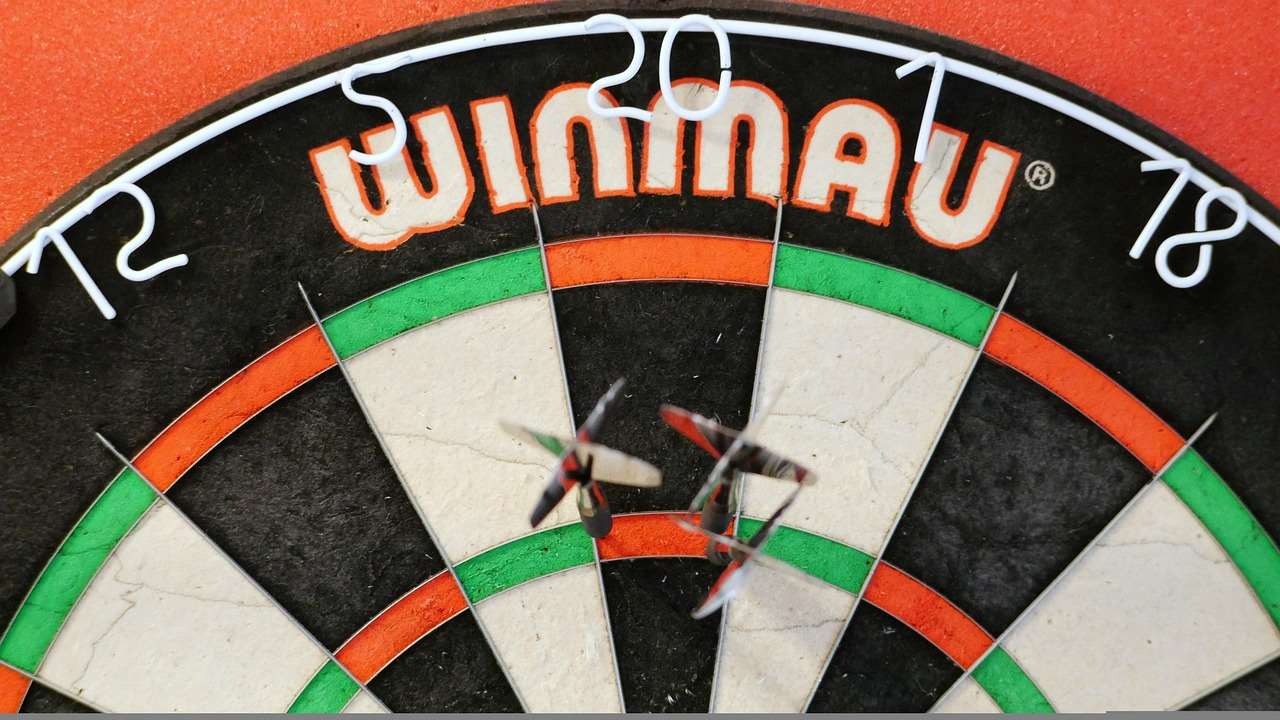
One effective technique is to practice focusing on the dartboard from varying distances. This helps train your eyes to adjust their focus quickly and accurately, a crucial skill for consistently hitting your target. Start by practicing at your normal throwing distance, then gradually increase and decrease the distance to challenge your visual system. Remember to always maintain a relaxed and comfortable stance while practicing. Another technique is to practice with a partially obscured dartboard, forcing your eyes to work harder to identify the target. This builds resilience and adaptability in your visual system, which is beneficial in high-pressure situations.
Peripheral Vision Exercises
Improving your peripheral vision is essential for dart players. Being aware of the surrounding environment, without taking your focus away from the dartboard, is incredibly helpful. This allows you to anticipate movements of your opponents and maintain your composure. Exercises that improve peripheral vision include focusing on a central point while identifying objects or movements in your peripheral vision. Start by practicing with stationary objects and gradually introduce moving objects. You can also practice this while playing darts by being aware of the environment around you, not just the dartboard. This helps build situational awareness, which is a great asset when playing against opponents.
Depth Perception Training
Accurate depth perception is key to throwing with consistent accuracy. This helps judge the distance to the board and the trajectory of the dart. Training your depth perception involves practices such as aiming at targets placed at different depths. This can involve simple eye exercises or virtual reality training. You can also practice by visualizing the dart’s flight path mentally. The more often you practice, the more accurate your perception of depth and distance becomes.
Remember, consistency is key. Regular practice of these vision exercises will yield better results over time. Don’t be discouraged if you don’t see immediate improvements. Continue practicing diligently, and you will begin to notice a significant positive impact on your dart game.
Beyond Vision: Other Factors for Dart Player Improvement
While vision training for dart player improvement is paramount, other factors contribute significantly to overall performance. Physical fitness plays a vital role in maintaining stamina during extended matches. Physical conditioning for long matches is essential for preventing fatigue and maintaining focus. Similarly, proper nutrition and hydration are important for energy levels and mental clarity. Remember to stay hydrated, especially during tournaments, by reading our advice on hydration for tournament play. Proper rest and recovery periods also contribute significantly to maintaining consistent performance over time. We have several articles relating to improving your health with darts. See our article on Darts Fitness Health for more information.
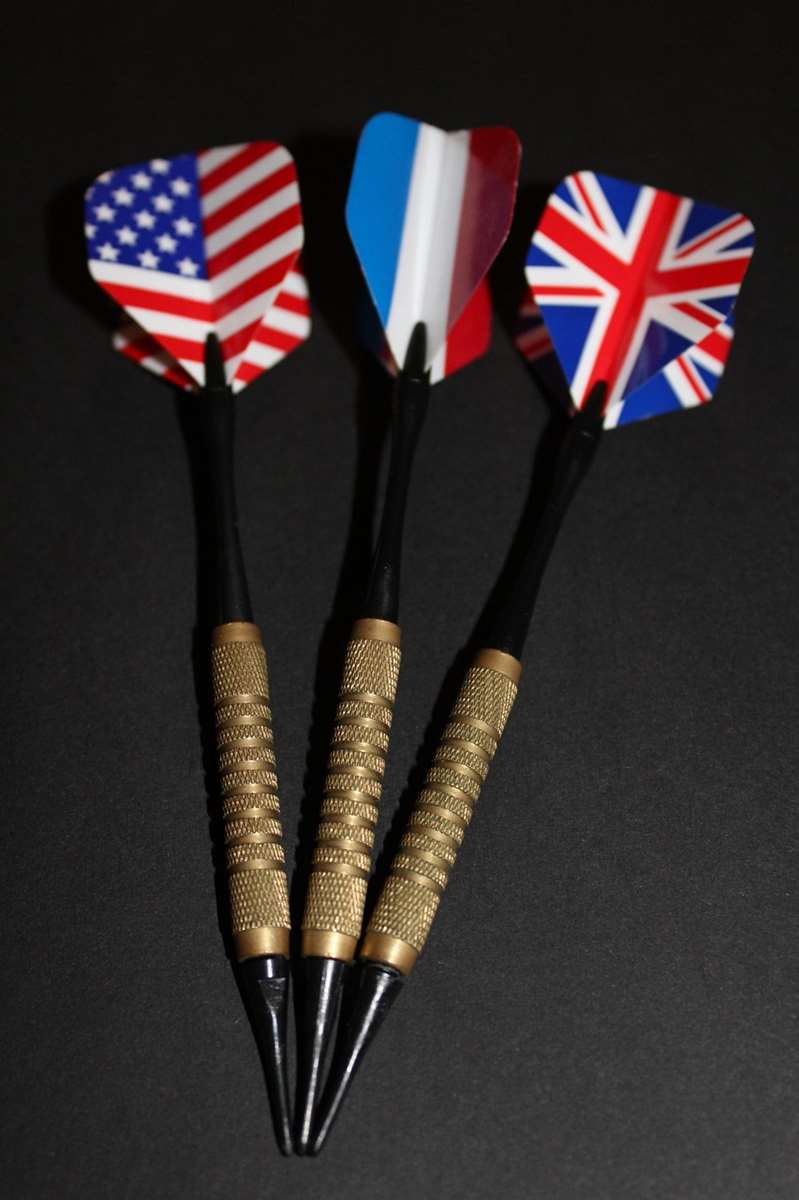
Furthermore, understanding and addressing common throwing errors is critical for improvement. Often, seemingly minor adjustments in your throwing technique can lead to significant improvements in accuracy. For example, ensuring your grip is consistent and that you maintain a smooth, controlled throwing motion are crucial. Consider recording your throws to analyze your technique and identify areas for improvement.
Mental Game and Focus
The mental aspect of darts should not be underestimated. Developing a strong mental game involves strategies for handling pressure, managing expectations, and maintaining focus. Practicing relaxation techniques like deep breathing can help calm your nerves and improve concentration during crucial moments. Mental visualization also plays a role, where you mentally rehearse successful throws to build confidence.
The Importance of Practice and Consistency
Consistent practice is the cornerstone of improvement in any skill, and darts is no exception. Establish a regular practice schedule, focusing on both technical skills and mental preparation. Analyze your performance, identify areas for improvement, and adjust your training accordingly. Regular practice, combined with consistent vision training, will drastically enhance your game.
Addressing Common Dart-Related Injuries
Injuries can significantly impede a dart player’s progress. Common injuries include shoulder, elbow, and wrist problems. Proper warm-up routines and appropriate throwing techniques are crucial for injury prevention. Regularly reviewing and updating your form helps prevent injury. If you encounter any injuries, consider dart injury rehabilitation exercises and consult a healthcare professional for guidance.
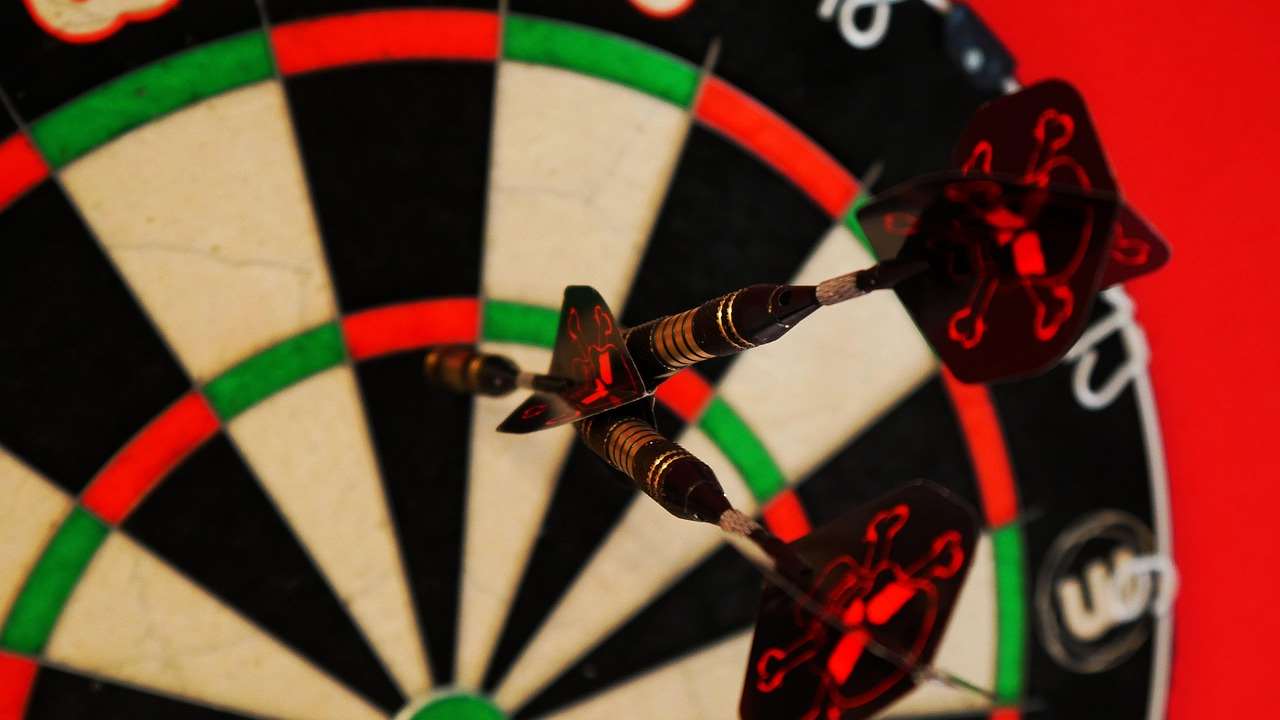
For further insight into injury prevention, we recommend exploring information on dart injury prevention studies and incorporating cross-training for injury prevention into your routine. This will improve your overall fitness, helping prevent injury and increase your stamina.
The Role of Equipment and Environment
The quality of your equipment and playing environment can significantly impact your performance. Invest in high-quality darts that fit your hand comfortably and consistently provide a reliable flight path. Ensure your dartboard is properly mounted and maintained, preventing inconsistencies caused by warping or damage. Optimal lighting and a distraction-free environment will significantly assist your focus. Consider utilizing eye care products for dart players to support your visual performance.
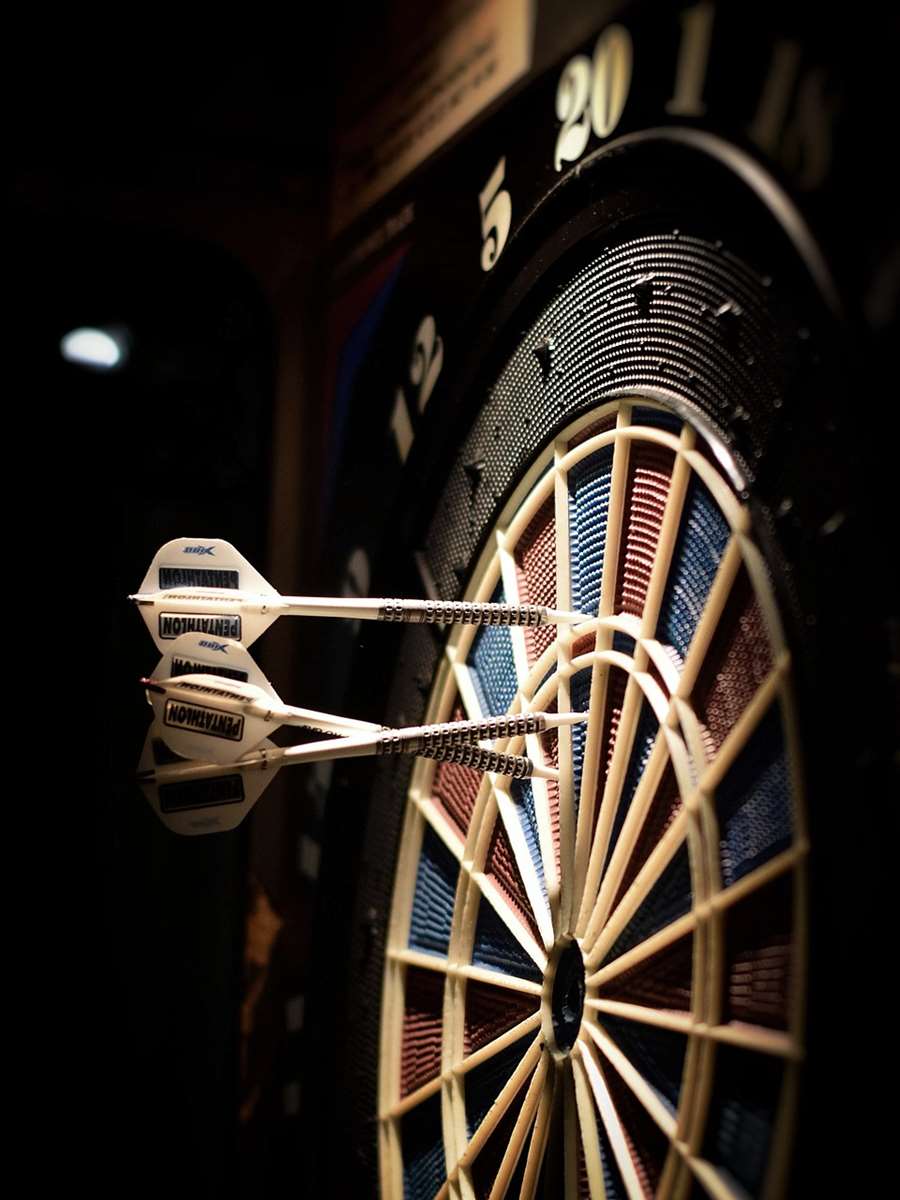
The proper setup of your dartboard is a critical element often overlooked. It’s vital for ensuring accurate throws and a fair game. Ensure that the dartboard is at the correct height, is securely fastened to the wall and that the surrounding area is free from obstructions. This can significantly impact your throw’s trajectory and overall accuracy. Paying attention to these subtle details can make a big difference in your game.
Lifestyle Factors and Dart Performance
Maintaining a healthy lifestyle extends beyond physical fitness and nutrition. Adequate sleep, stress management, and minimizing alcohol consumption (as discussed in Alcohol and dart health and Alcohol and dart clubs) are important for optimal performance. Fatigue and energy management darts is a key aspect of maintaining peak performance and minimizing error. By focusing on holistic well-being, you ensure you’re performing at your best on the oche.
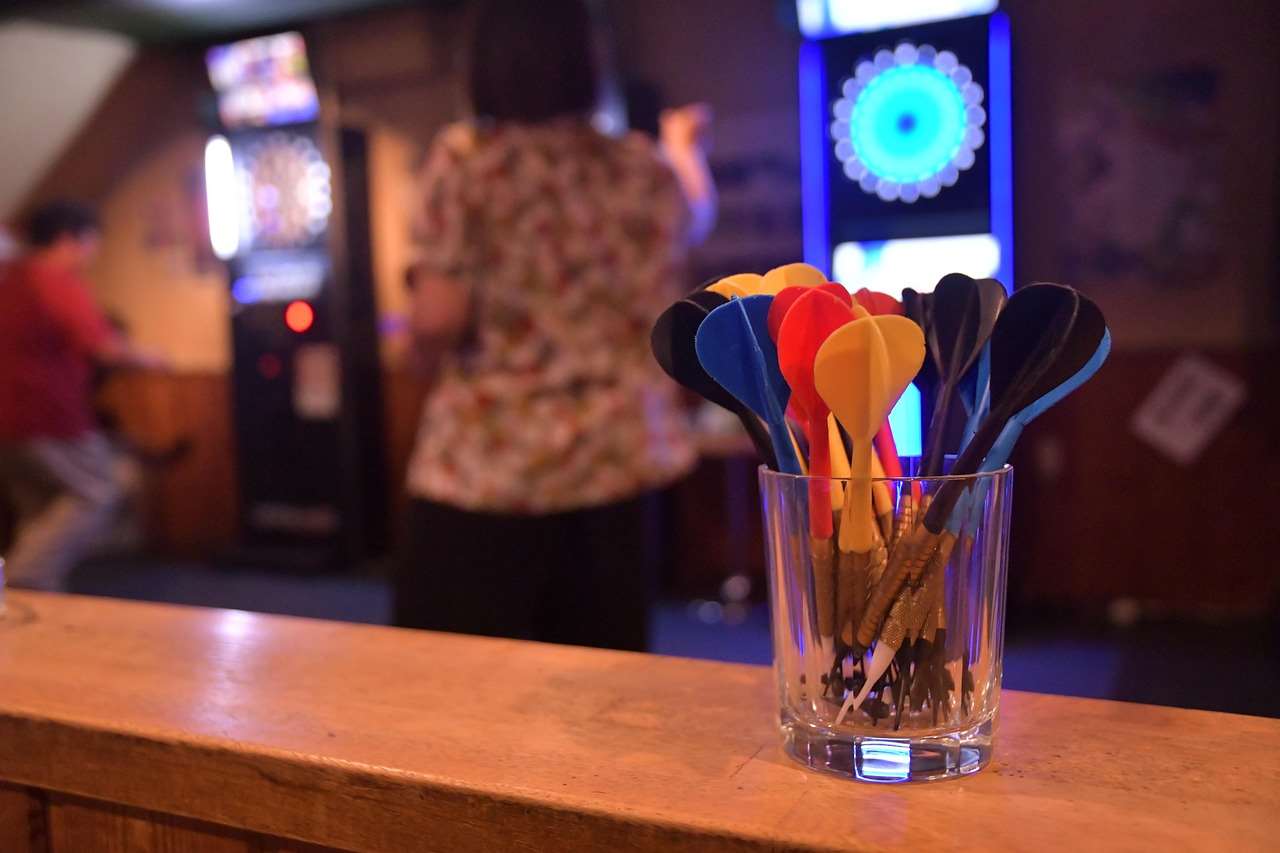
In conclusion, vision training for dart player improvement is a crucial component of reaching your full potential. By combining targeted vision exercises with a holistic approach to fitness, nutrition, and mental preparation, you can significantly enhance your accuracy, consistency, and overall dart playing skills. Remember that consistent practice and attention to detail are key to achieving lasting improvements. Start incorporating these strategies into your routine today and experience the difference!
Hi, I’m Dieter, and I created Dartcounter (Dartcounterapp.com). My motivation wasn’t being a darts expert – quite the opposite! When I first started playing, I loved the game but found keeping accurate scores and tracking stats difficult and distracting.
I figured I couldn’t be the only one struggling with this. So, I decided to build a solution: an easy-to-use application that everyone, no matter their experience level, could use to manage scoring effortlessly.
My goal for Dartcounter was simple: let the app handle the numbers – the scoring, the averages, the stats, even checkout suggestions – so players could focus purely on their throw and enjoying the game. It began as a way to solve my own beginner’s problem, and I’m thrilled it has grown into a helpful tool for the wider darts community.